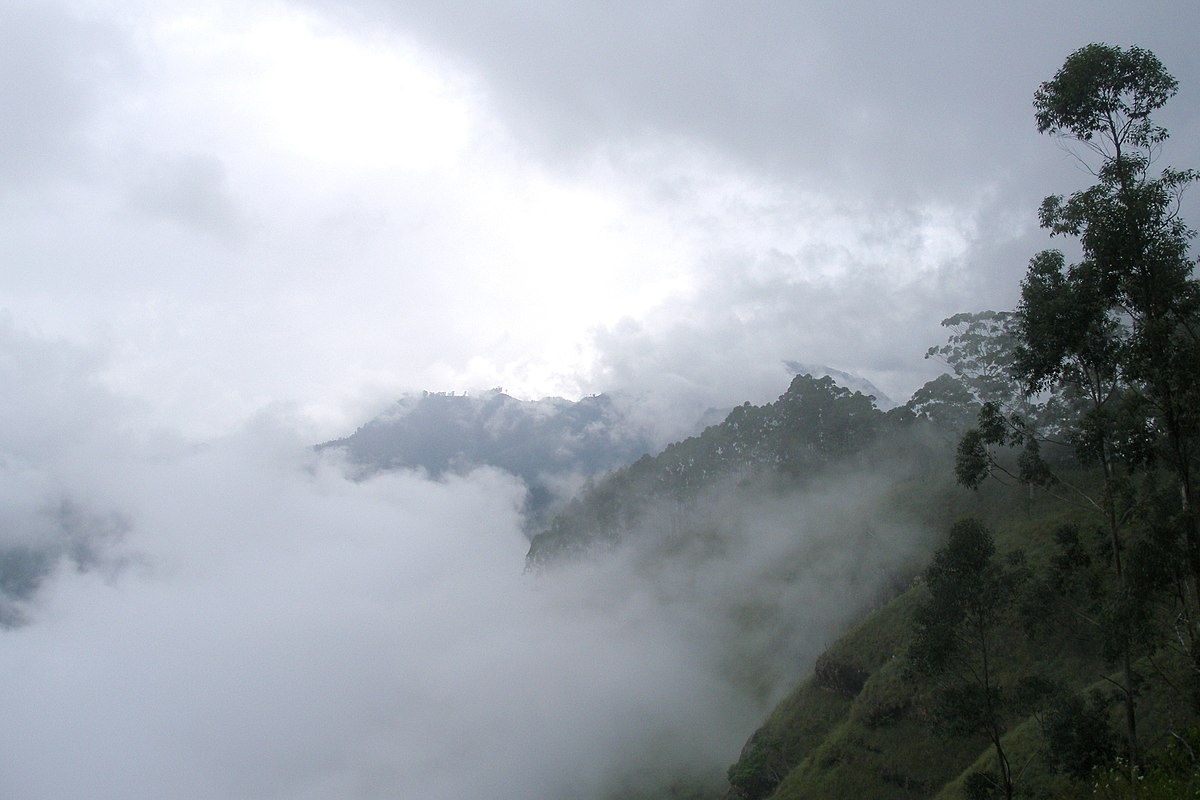
Mark HopeThe Unknown Beings
I Stand Beside all of those species that are threatened with extinction before we have even recorded their presence.
It’s an extraordinary fact that we have not recorded the great majority of species on the planet. The IUCN Red List tracks the number of described species and updates this figure annually based on the latest work of taxonomists. In 2022, it listed 2.16 million species on the planet – 1.05 million insects, over 90,000 arachnids and crustaceans, around 37,000 fishes, 12,000 reptiles, 11,000 birds, nearly 9,000 amphibians and 6,736 mammals.
But what is the total number of species on Earth?
The honest answer to this question is that we don’t know. Estimates span several orders of magnitude, from a few million to billions. Most recent estimates lean towards the higher range. The biggest uncertainty is in the small lifeforms — bacteria and archaea — where we’ve only described a small percentage of the total.
One of the most widely cited figures for the total number of species comes from Camilo Mora and colleagues (2011); they estimated that there are around 8.7 million species on Earth today. Chapman (2009) estimates 11 million; and after reviewing the range in the literature, Scheffers et al. (2012) choose not to give a concrete figure at all. More recent studies suggest that the true number is in the billions.
“You may be used to thinking of the Earth as only the ground beneath your feet. But the water, the sea, the sky and everything around us comes from the Earth. Everything outside us and everything inside us comes from the Earth. We often forget that the planet we are living on has given us all the elements that make up our bodies. The water in our flesh, our bones and all the microscopic cells inside our bodies. All come from the Earth. The Earth is not just the environment we live in. We are the Earth and we are always carrying her within us.
Realising this, we can see that the Earth is truly alive. We are a living, breathing manifestation of this beautiful and generous planet. Knowing this, we can begin to transform our relationship to the Earth. We can begin to walk differently and to care for her differently. We will fall completely in love with the Earth. When we are in love with something or someone, there is no separation between ourselves and the person or thing we love. We do whatever we can for them and this brings us great joy and nourishment. That is the relationship each of us can have with the Earth. That is the relationship that each of us must have with the Earth if the Earth is to survive, and if we are to survive.”
Hannah Ritchie (2022) – “How many species are there?” Published online at https://ourworldindata.org/how-many-species-are-there

Evaporating Dead Sea – PHOTO: Djamil Al-Halbouni

